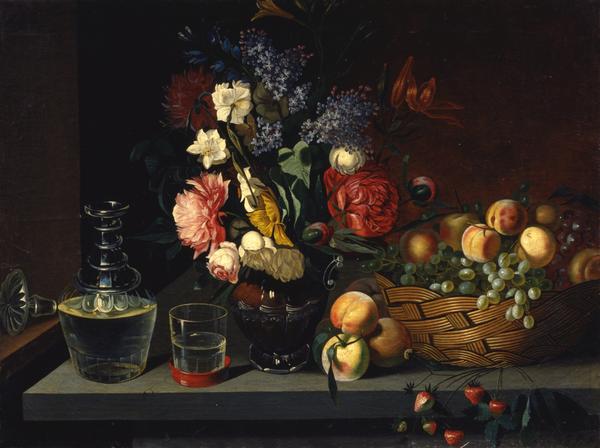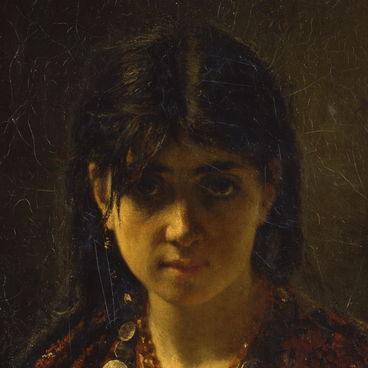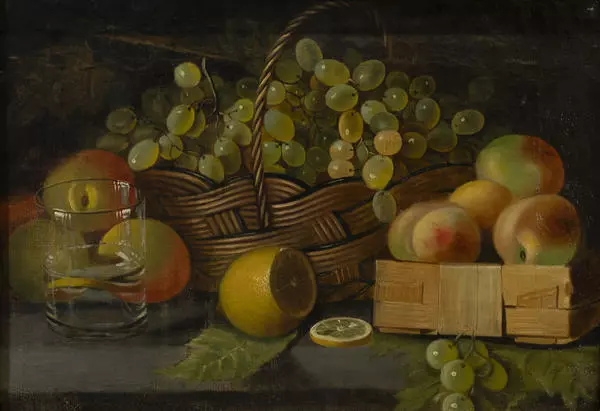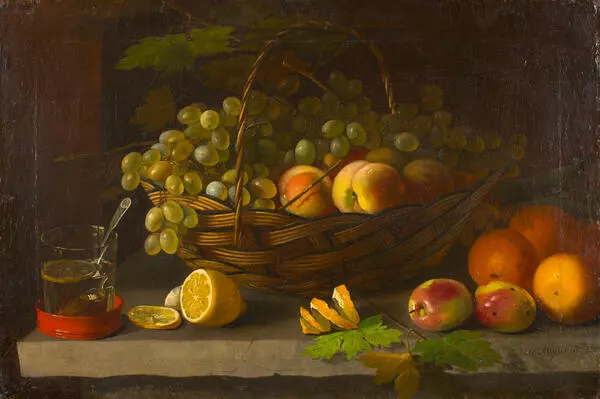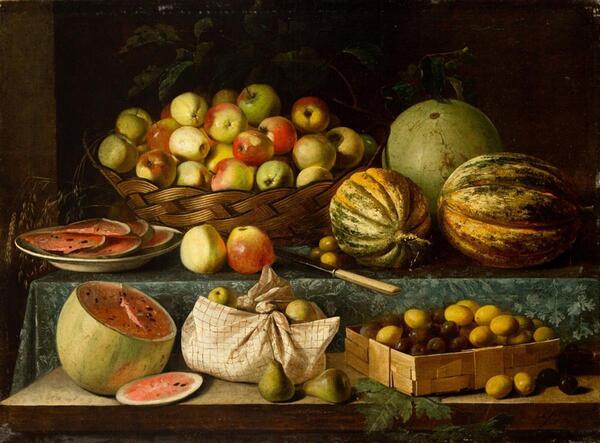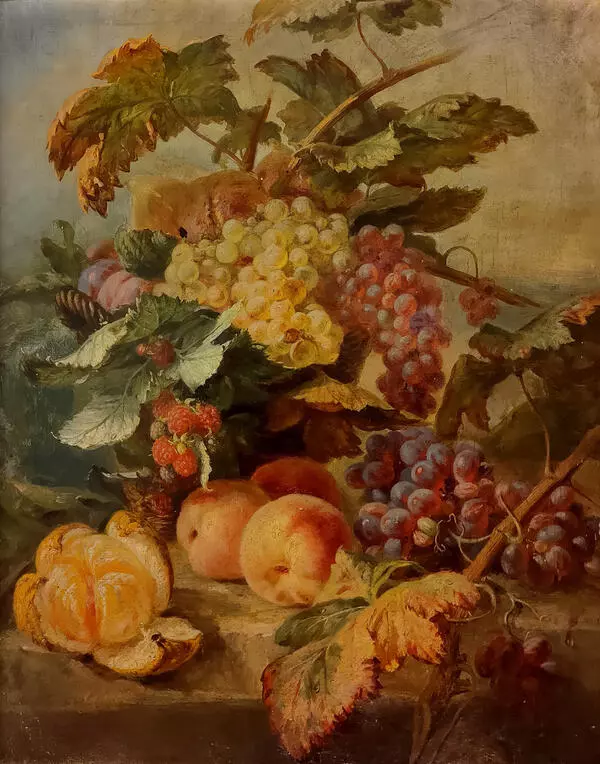By this still life, the painter seeks to show his attitude to the world around, reveal the understanding of beauty inherent in him and his time. People create things and then often use them without even noticing, whereas these things live their own quiet lives. And it is not a coincidence that the English and German languages use the term still life or stilleben, respectively, to denote various arrangements of objects.
Watching them closely the painter reveals the hidden essence of things. They tell us about the tastes and habits of their owners, constitute a kind of pattern of their small worlds. The still life genre reinforced the aesthetic values of everyday objects. Painters gained perfect mastery over depicting how versatile material objects may be.
The late 18th − early 19th centuries in Russia saw the development of still life as an independent genre. Official documents referred to it as ‘paintings of flowers and fruits’. Ivan Fomich Khrutsky was recognized as the master of still lives for painting lots of beautiful pictures. His creative work was greatly influenced by Dutch still lives of the 17th century.
The composition of the Still Life is rather simple and natural, it is designed to show the beauty of the objects there. Each of them − a wicker basket with fruits, a glass and a decanter, a vase with flowers − is painted with illusory accuracy, occupies its own place without obstructing other objects, and makes us want to examine each of them in full detail. The painter sought to depict the material nature of things, their dimensions and colours.
The careful location of objects in the picture makes it possible to reveal their textures and even feel the weight of each flower and fruit. The picture is distinguished by the thorough style of painting, the brilliance and opulence of the composition, which was typical of Dutch still lives. However, Ivan Fomich Khrutsky painted his pieces not from life but in his studio and they often depicted plants that usually grow in different seasons and are hard to see together. The painter often repeated the once found composition adding insignificant changes and new objects thereto.

